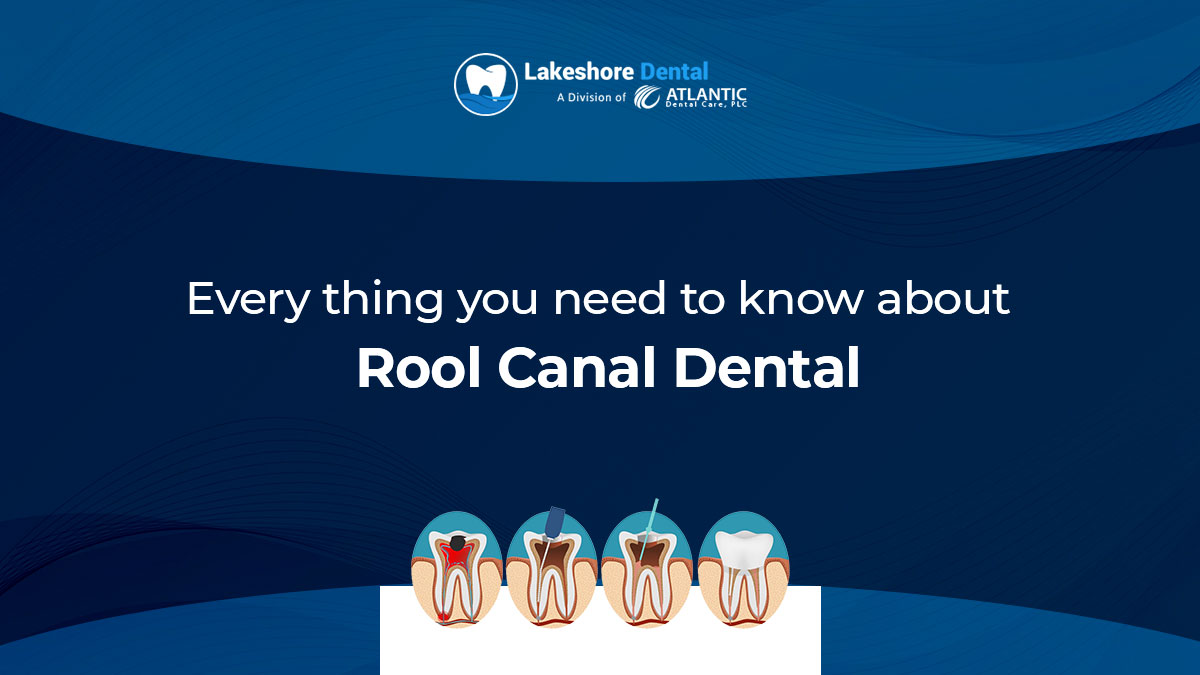
Why Are Root Canals Done?
An example of an endodontic procedure is a root canal. The Greek terms “endo” and “odont,” which imply inside a tooth, are the source of the word “endodontic.” When the tooth’s root gets infected or injured, root canal therapy is required, and the infected pulp must be removed.
If untreated, a pulp infection or any nerve tissue inflammation can be extremely painful and even result in the spread of the illness or tooth loss. It also does away with the requirement for a future dental implant and tooth extraction.
Anatomy
Knowing a tooth’s anatomy will help you better comprehend why a root canal is required. Three primary layers make up each tooth:
Enamel: The visible, firm, white exterior covering of the tooth is called the enamel.
Dentin: The dentin is the layer that lies beneath the enamel and constitutes most of the tooth.
The dental pulp: The Inner layer of soft tissue beneath the dentin, known as the dental pulp, contains blood arteries, nerves, and other tissue. It reaches from the tooth’s root to the end of the root canal.
Is a Root Canal Necessary?
There are several indicators that you could require root canal therapy. You should schedule an appointment with your dentist immediately if you encounter the following.
- Extreme discomfort during chewing or while applying pressure on the tooth.
- Persistent sensitivity to hot or cold conditions even after the stimulus has been eliminated.
- A tooth’s discoloration.
- Localized gum swelling and soreness
- A gum-related bump.
Have kids had root canals?
Although adults are the ones who need root canals the most frequently, children may also require them. Because the pulp chamber in baby teeth is so much smaller, root canals are typically not necessary. A root canal, however, can be required to save the tooth and stop the illness from spreading if a baby tooth gets infected.
Root canal treatment
Endodontists or dentists typically undertake root canal procedures (root canal specialists). In most cases, the endodontic procedure takes one or two visits.
- Your dentist will use a local anesthetic during the initial appointment to numb the region around the diseased tooth. The tooth will then be isolated and kept clean and dry using a rubber dam. Your dentist will isolate the tooth and then drill a hole through the enamel to access the pulp chamber.
- The infected pulp will be extirpated from the pulp chamber, and the root canal will be cleaned and shaped by your dentist using specialized tools. After the pulp has been eliminated, the root canal will be cleaned, shaped, and sterilized. In the root canal, gutta-percha, an inert substance resembling rubber, will be used. There will be no need to remove this bandage because it is permanent.
- A root canal may be finished in just one visit in some circumstances. However, if the tooth is seriously sick or has numerous curved canals, your Endodontist may place a provisional filling in the root canal and set up a second visit for you. The root canal will be completely sealed during the follow-up session.
- Fixed crowns or other restorations may be put on the tooth after a root canal to shield it from further harm and stop reinfection. A crown can restore both function and appearance and is created to resemble a natural tooth.

